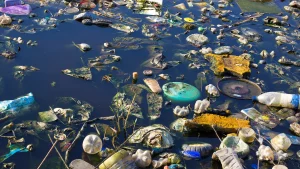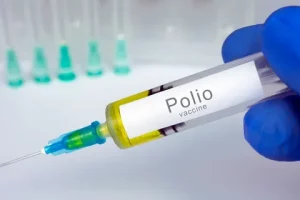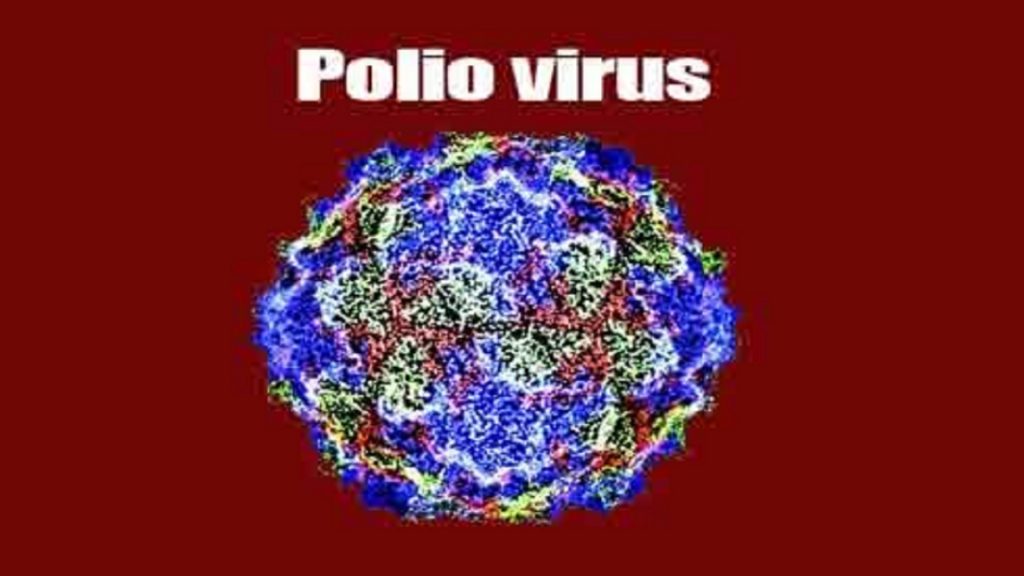Introduction
Wastewater management is a critical aspect of public health and environmental protection. However, lurking within this seemingly innocuous liquid lies a hidden danger: the poliovirus. Despite significant progress in eradicating polio through vaccination campaigns, the virus can persist in wastewater, posing a threat to communities worldwide. In this comprehensive guide, we delve into the risks associated with poliovirus in wastewater and explore strategies to mitigate its spread. Explore More About Human Health (Soothing Trembling hands solution)
Understanding Poliovirus
Poliovirus, the causative agent of poliomyelitis, is a highly infectious pathogen that primarily affects young children. While the incidence of polio has dramatically declined due to widespread vaccination efforts, the virus persists in certain populations and environments. Poliovirus spreads through the fecal-oral route, making contaminated water sources a potential reservoir for transmission.
The Role of Wastewater
Wastewater, which includes domestic, industrial, and agricultural effluents, serves as a conduit for various pathogens, including the poliovirus. Inadequate sanitation infrastructure and poor wastewater treatment can result in the discharge of untreated or partially treated sewage into the environment, increasing the risk of viral contamination. Moreover, urbanization and population growth exacerbate the challenges associated with wastewater management, underscoring the need for robust intervention strategies.

Risks to Public Health
The presence of poliovirus in wastewater poses significant risks to public health. In areas with inadequate sanitation facilities, individuals may come into contact with contaminated water during daily activities such as bathing, washing clothes, or recreational swimming. Furthermore, agricultural practices involving the use of untreated wastewater for irrigation can lead to the contamination of crops and subsequent transmission of the virus through food consumption.
Environmental Implications
Beyond its impact on human health, poliovirus contamination in wastewater can have detrimental effects on the environment. The release of untreated sewage into water bodies contributes to nutrient loading, algal blooms, and oxygen depletion, disrupting aquatic ecosystems and compromising biodiversity. Additionally, the persistence of poliovirus in the environment perpetuates the cycle of transmission, posing ongoing challenges for disease control efforts.
Mitigation Strategies
Addressing the threat of poliovirus in wastewater requires a multifaceted approach encompassing public health interventions, sanitation improvements, and environmental stewardship. Key strategies include:
1. Enhanced Wastewater Treatment
Investing in advanced treatment technologies, such as ultraviolet disinfection and membrane filtration, can effectively remove or inactivate poliovirus particles in wastewater. Implementing stringent regulatory standards and monitoring protocols ensures the efficacy of treatment processes and minimizes the risk of viral transmission.
2. Public Awareness and Education
Raising awareness about the importance of proper sanitation and hygiene practices is essential for preventing the spread of poliovirus. Educational campaigns targeting communities, healthcare professionals, and policymakers can promote behaviors such as handwashing, vaccination, and safe water management, reducing the likelihood of viral transmission.

3. Infrastructure Development
Expanding access to clean water and sanitation infrastructure is paramount for mitigating the risks associated with wastewater contamination. Investing in sewage treatment plants, sewage collection systems, and decentralized sanitation solutions improves overall hygiene conditions and reduces the burden of waterborne diseases.
4. Surveillance and Monitoring
Establishing robust surveillance systems to monitor poliovirus prevalence in wastewater enables early detection of outbreaks and informs targeted intervention strategies. Collaborative efforts between public health agencies, research institutions, and wastewater utilities facilitate data sharing and evidence-based decision-making.
5. Research and Innovation
Continued research into novel disinfection methods, antiviral agents, and environmental monitoring techniques is critical for staying ahead of emerging threats posed by poliovirus and other waterborne pathogens. Innovation in wastewater management technologies promotes sustainability and resilience in the face of evolving challenges.
| Mitigation Strategy | Description |
|---|---|
| Enhanced Wastewater Treatment | Implementation of advanced treatment technologies to remove or inactivate poliovirus particles in wastewater. |
| Public Awareness and Education | Educational campaigns to promote handwashing, vaccination, and safe water management, reducing the likelihood of viral transmission. |
| Infrastructure Development | Expansion of clean water and sanitation infrastructure to mitigate the risks associated with wastewater contamination. |
| Surveillance and Monitoring | Establishment of robust surveillance systems to monitor poliovirus prevalence in wastewater and enable early outbreak detection. |
| Research and Innovation | Continued research into novel disinfection methods, antiviral agents, and environmental monitoring techniques for proactive management. |
Conclusion
The presence of poliovirus in wastewater represents a persistent public health concern with far-reaching implications for global health and environmental sustainability. By adopting proactive measures to improve sanitation infrastructure, raise awareness, and implement targeted interventions, we can mitigate the risks associated with poliovirus contamination and safeguard the well-being of communities worldwide. Together, we can turn the tide against this hidden danger and ensure a safer, healthier future for generations to come.




